Senior managers, heads of marketing, figureheads to the outside world and circus trainers within their parties – party presidents are omnipresent, they are politics personified. Three presidents from the four Federal Council parties stepping down at the same time is a national issue. The heads of the Free Democrats (FDP), the Christian Democrats (CVP) and the Swiss People’s Party (SVP) – Philipp Müller, Christophe Darbellay and Toni Brunner – will have to be replaced at party conferences in April.
In the case of Valais-born Darbellay, he is relinquishing the position begrudgingly as the limitation on the term in office cost him his National Council seat. According to an unwritten law, a party president should also be represented in Parliament. He therefore announced his decision to step down back in mid-2015. Müller, by contrast, is going for strategic reasons. In his own words, he wants to see in a generational change in good time. He has knocked his party into shape and was one of the winners at the autumn elections.
Secret of the SVP strategists
While Philipp Müller’s departure came as a surprise, SVP leader Toni Brunner dropped a real bombshell at the start of the year with news of his exit. Brunner is leaving the top job at the peak of his career. With just under 30 % of the vote, the SVP is in a stronger position than ever before and also recaptured a second Federal Council seat in December. Brunner beamed with pride and was brimming with energy. Shortly before Christmas he told the “Neue Zürcher Zeitung” that he and the parliamentary group leader Adrian Amstutz would lead the party into the next elections as well. His actual words were: “No reshuffles are planned.” Yet, some three weeks later and this statement was turned on its head. If you believe the official party version, Brunner suddenly came to the conclusion over the turn of the year that he wanted “to focus more intensively again in future on his political work as a National Councillor and his own farming business”. The real reasons remain the secret of the SVP party strategists, and they do not like putting their cards on the table.
However, the party leadership is firmly in control and pointing the way forward. At the same time as the announcement of Brunner’s departure, it also named his successor, 49-year-old Albert Rösti, a Bernese National Councillor. This was remarkably autocratic for a party which sees itself as the guardian of direct democracy yet nipped in the bud any broad-based debate within the party about the most significant personnel decision. Even if another candidate were to emerge at the last minute, they would have a tough task up against Rösti.
More than a change of image?
With Albert Rösti, the SVP is introducing a careful change of image. Rösti was a successful election campaign leader last autumn. As the SVP has practically sucked up everything to the right of it and is also targeting the voters of other conservative parties, he was able to refrain from using excessively shrill tones and conducted a reasonably moderate campaign. The trained agronomist comes across as reserved. He may therefore prove popular, particularly in French-speaking Switzerland and Ticino, where the SVP has declared its intention to increase its support. However, Rösti is just as true to the party line as Toni Brunner in representing the party’s main issues. Christoph Blocher, the SVP’s father figure, is still keeping a keen eye on events. He also announced that he would step down as SVP vice-president in April, but is not completely withdrawing from politics. The billionaire from Herrliberg remains the party’s main funding provider and will continue to pull the strings in the background.
Yet, the surprising departure of Blocher’s protégé Toni Brunner may point to the start of the post-Blocher era. Albert Rösti will ensure thematic continuity. However, he is also a politician who is very well connected across party lines, who permits divergent opinions and does not ridicule politicians of different persuasions. He is more a pragmatic politician than an ideologist and does not present every issue as a matter of life or death for the nation. However, there are also shifts towards more radical positions within the SVP. With new National Councillor Roger Köppel, editor-in-chief of “Weltwoche”, new National Councillor Magdalena Martullo-Blocher, CEO of Ems-Chemie, Zug National Council member and former Federal Council candidate Thomas Aeschi and others, there is a new guard thrusting itself into the foreground who often conduct politics in a more trenchant and provocative way than the existing party establishment.
The big question now is how the party will develop under the more conciliatory politics of Albert Rösti. The SVP will remain a distinctively right-wing party. But it may rein in its propensity for aggressive rightist populism and position itself more as a large conservative people’s party of the right. Or Rösti may play the likeable party leader while his party’s fundamental position shifts even more systematically towards radical right-wing nationalism.
The second big question is what the SVP’s relationship with the FDP and CVP will be like. During the last legislative period, there were occasional vows of “conservative solidarity” but they never really came to fruition. New party presidents are unlikely to change much in this respect. Major differences will remain over European, foreign and social policy issues. There may be greater cooperation in the fields of economic, welfare, financial, energy and environmental policy, particularly if the currently touted favourites for the FDP and CVP win in April.
Petra Gössi and Gerhard Pfister?
When this issue of the “Swiss Review” went to press, it was still unclear what the line-up of FDP and CVP candidates would look like at the party conferences. The 40-year-old Schwyz National Councillor Petra Gössi has put herself forward as a candidate for the Free Democrats. She is already FDP president in the canton of Schwyz, and her politics are significantly right of centre. The same applies to 54-year-old Gerhard Pfister, a CVP National Councillor from Zug. Other potential candidates, including those from the centre-left wing of the CVP, had declined one after the other by the time of going to press.
Even if the presidential posts are filled with representatives from the right of each party, that does not necessarily mean they will move closer to the SVP. Cooperation between the major conservative parties is not likely to become easier. After all, the most important objective of each party leader will be to establish the points of difference from the competition for profiling reasons. However, the three new presidents – if they turn out to be Albert Rösti, Gerhard Pfister and Petra Gössi – will find one another more accessible on a personal level than their predecessors on account of their rather reserved nature.
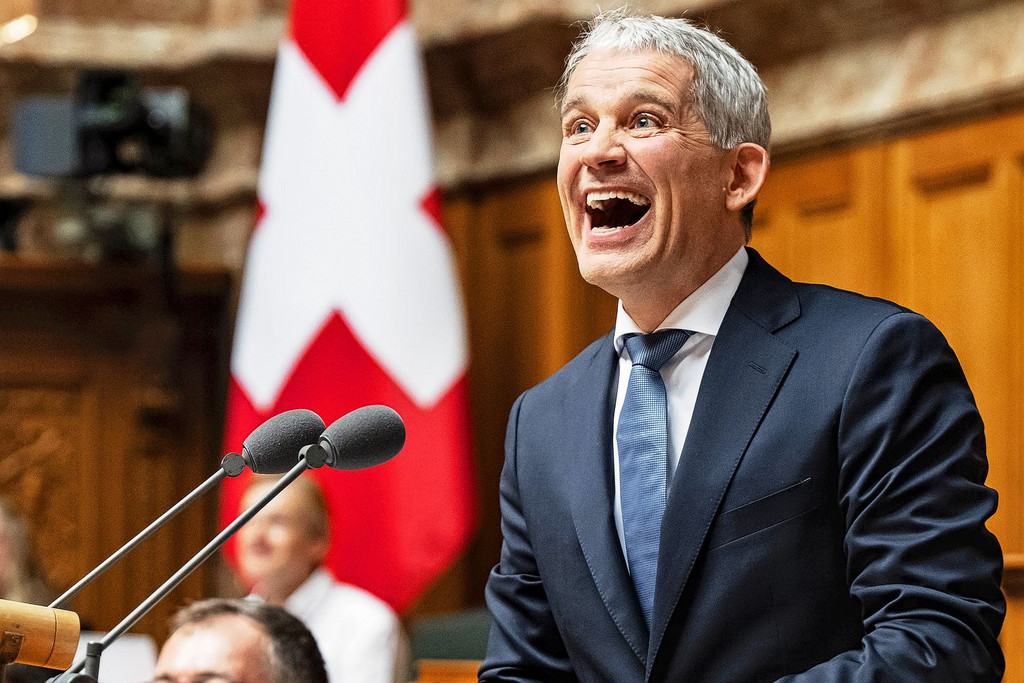
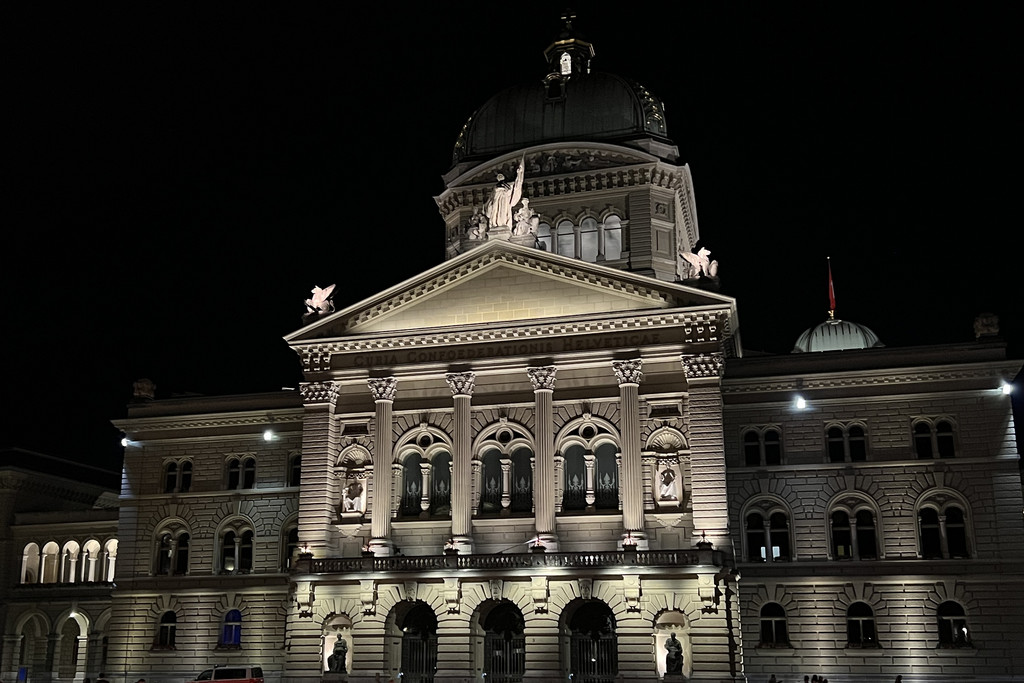

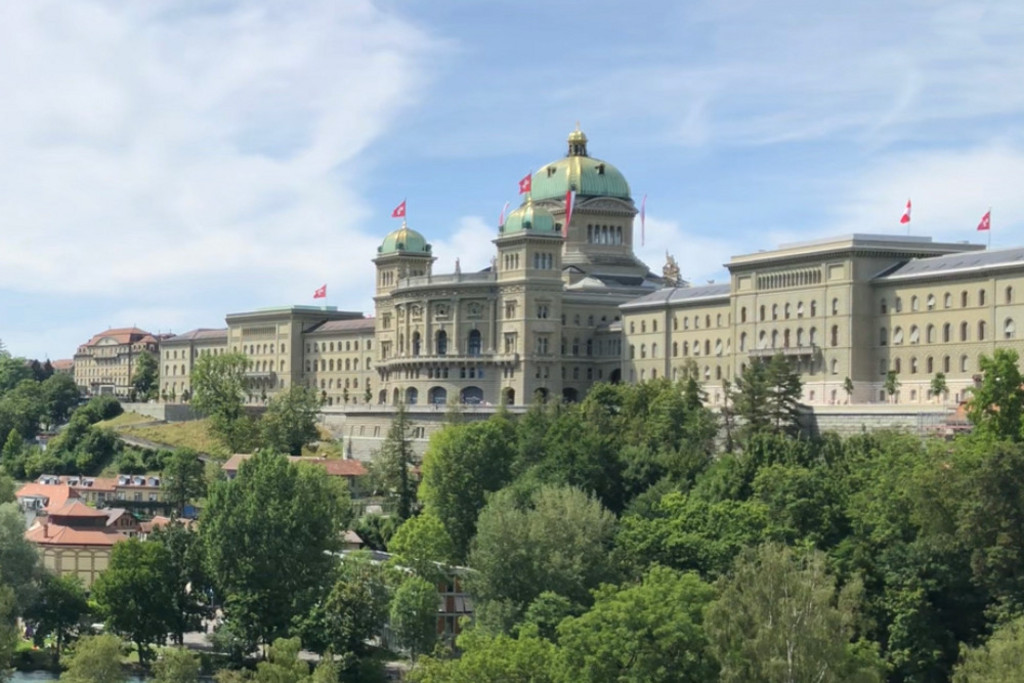

![[Translate to en:]](/fileadmin/_processed_/d/2/csm_Revue_202204_Huehnerfarm_SH-Reportage_3074_7901ca94df.jpg)
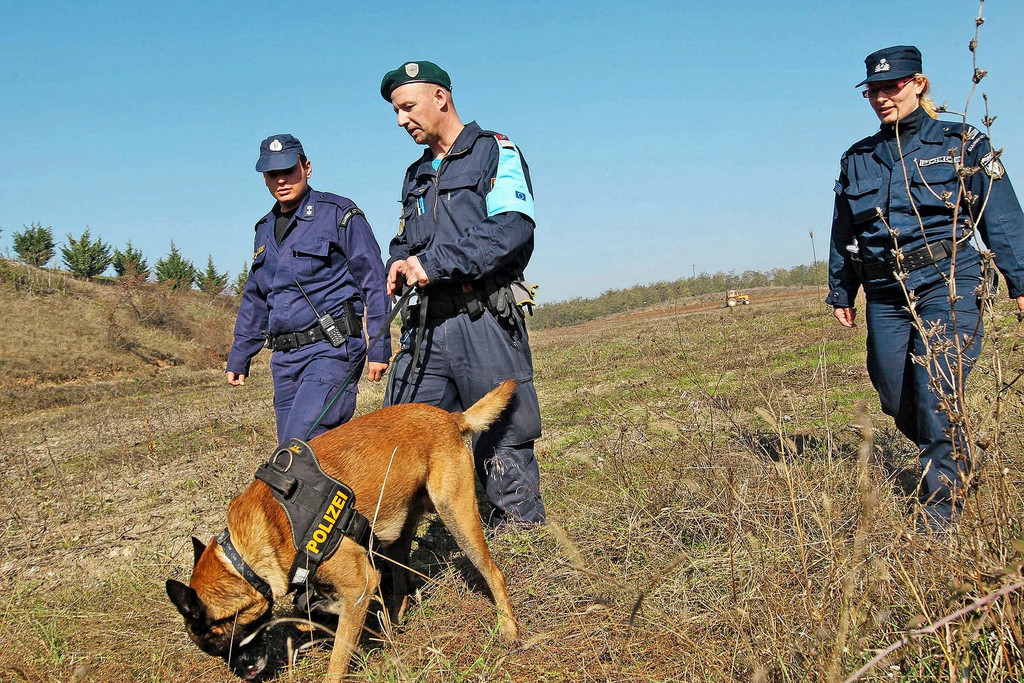


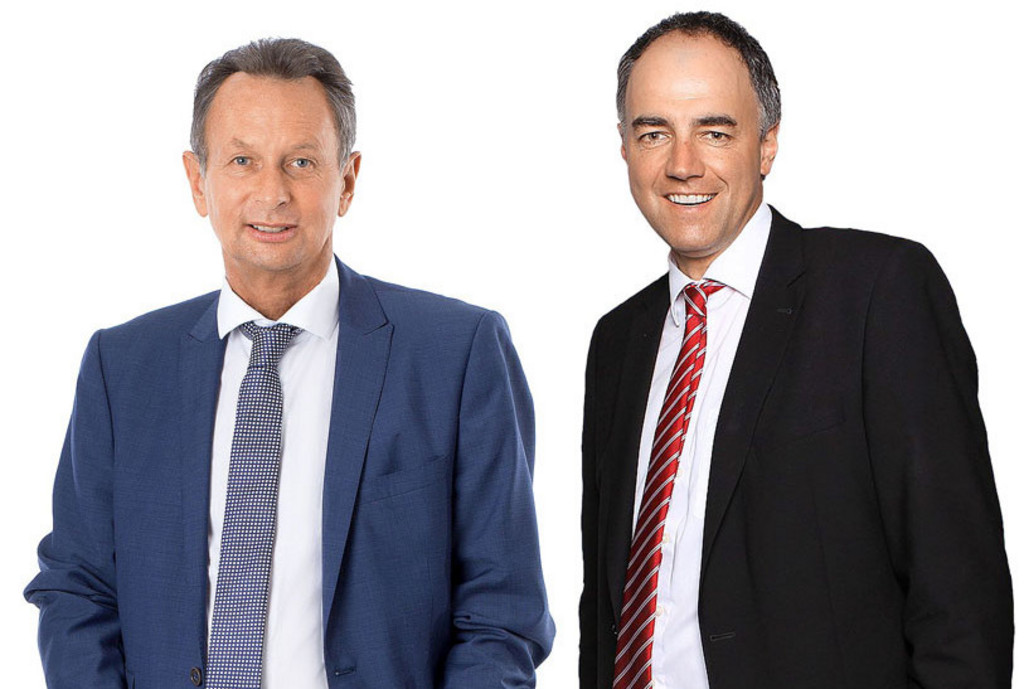
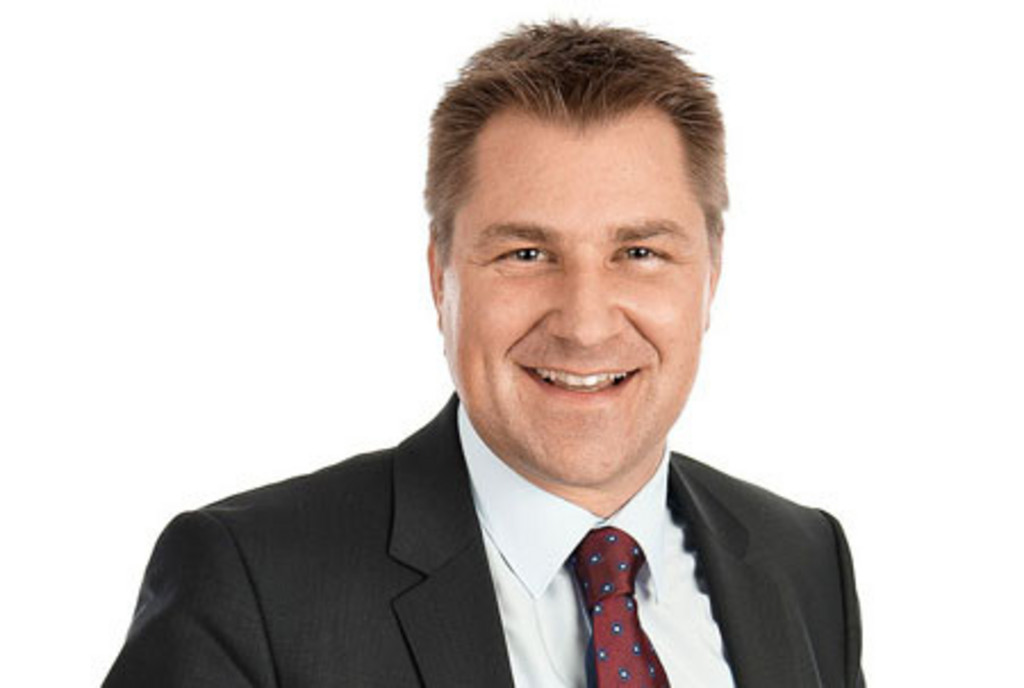
Comments
Comments :